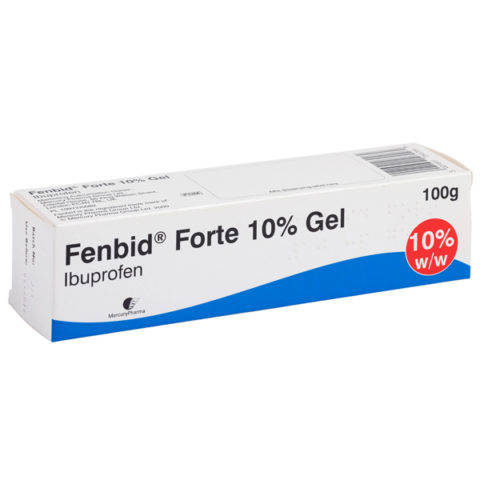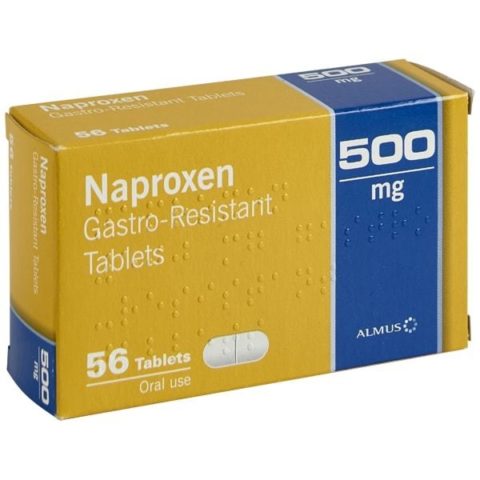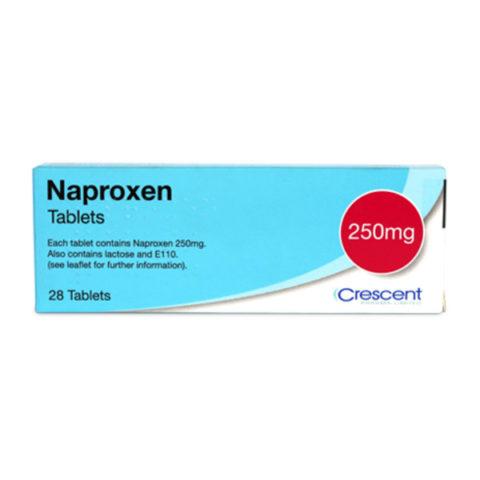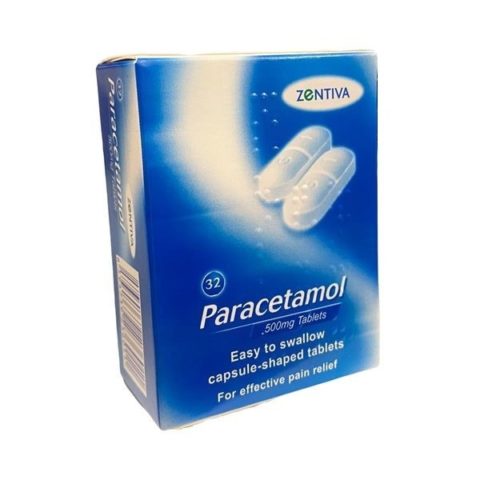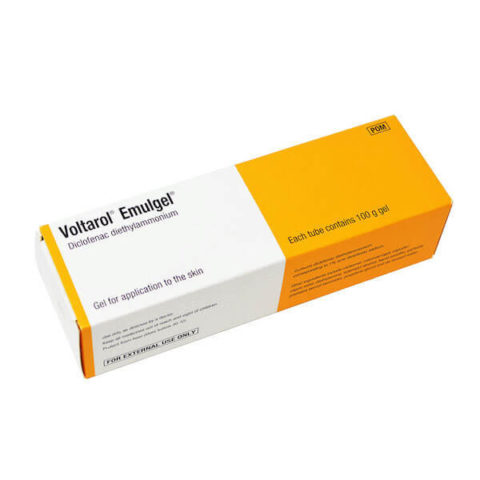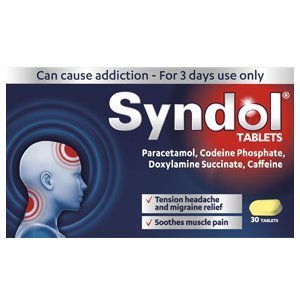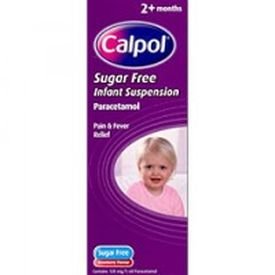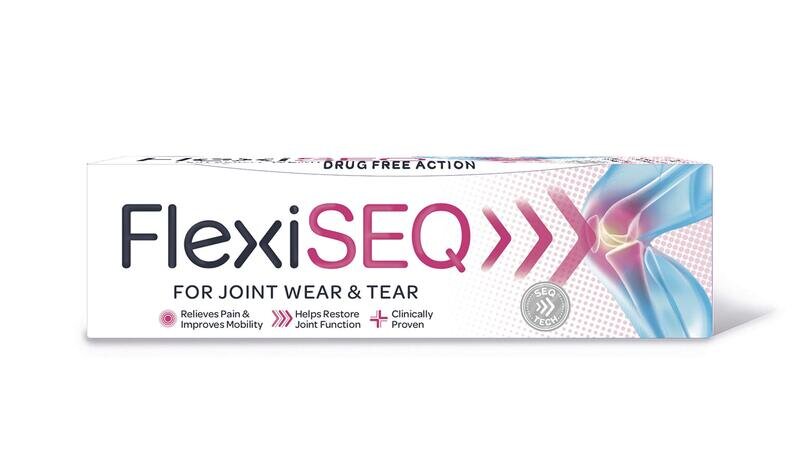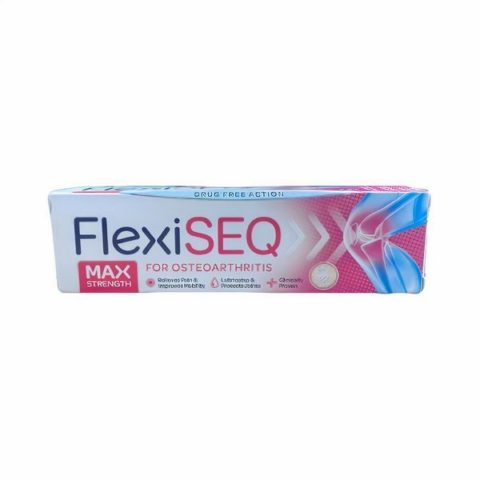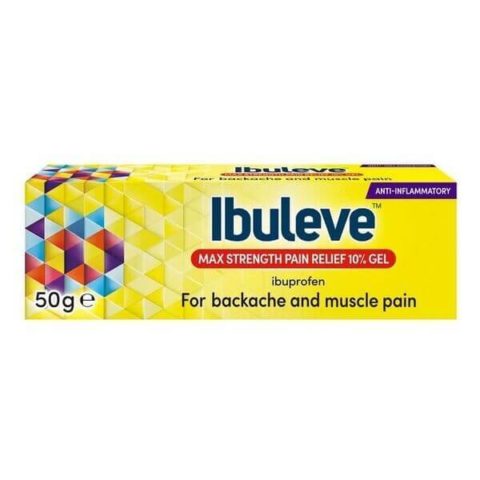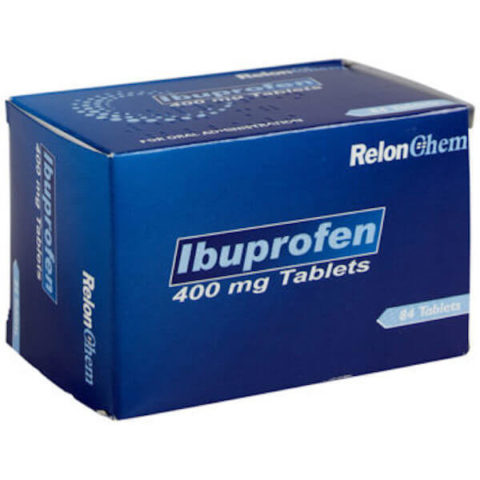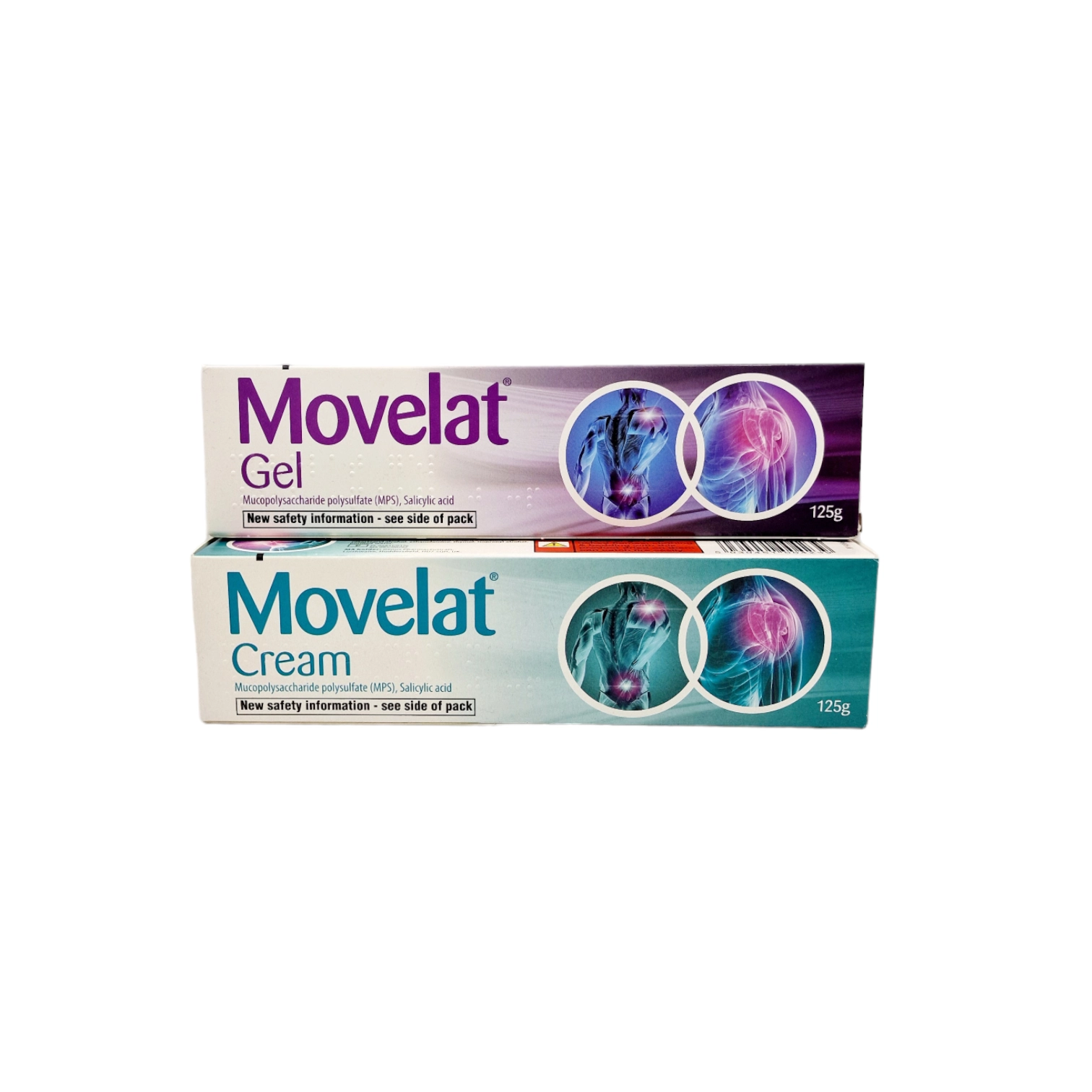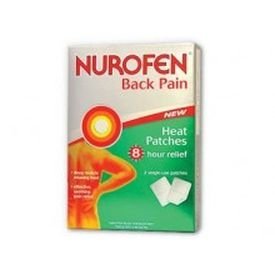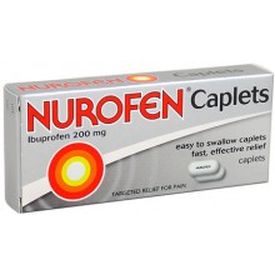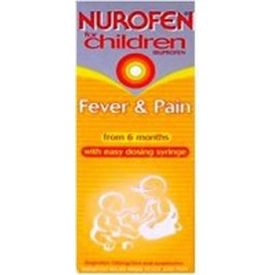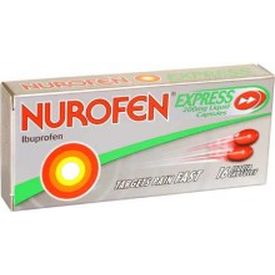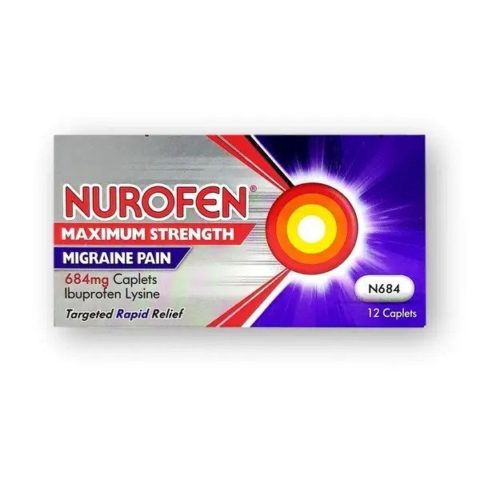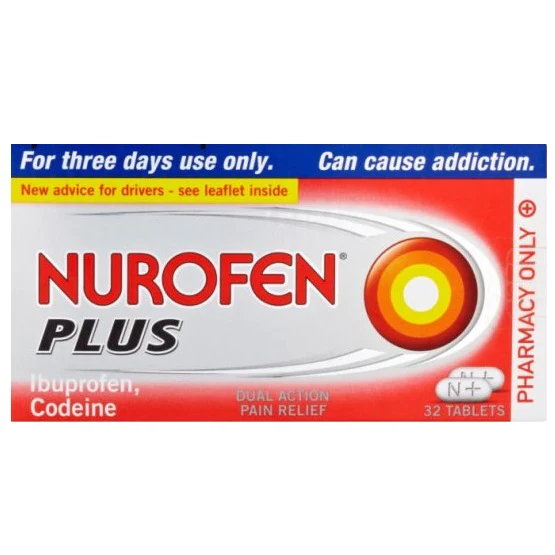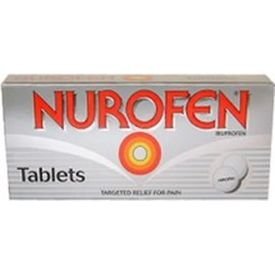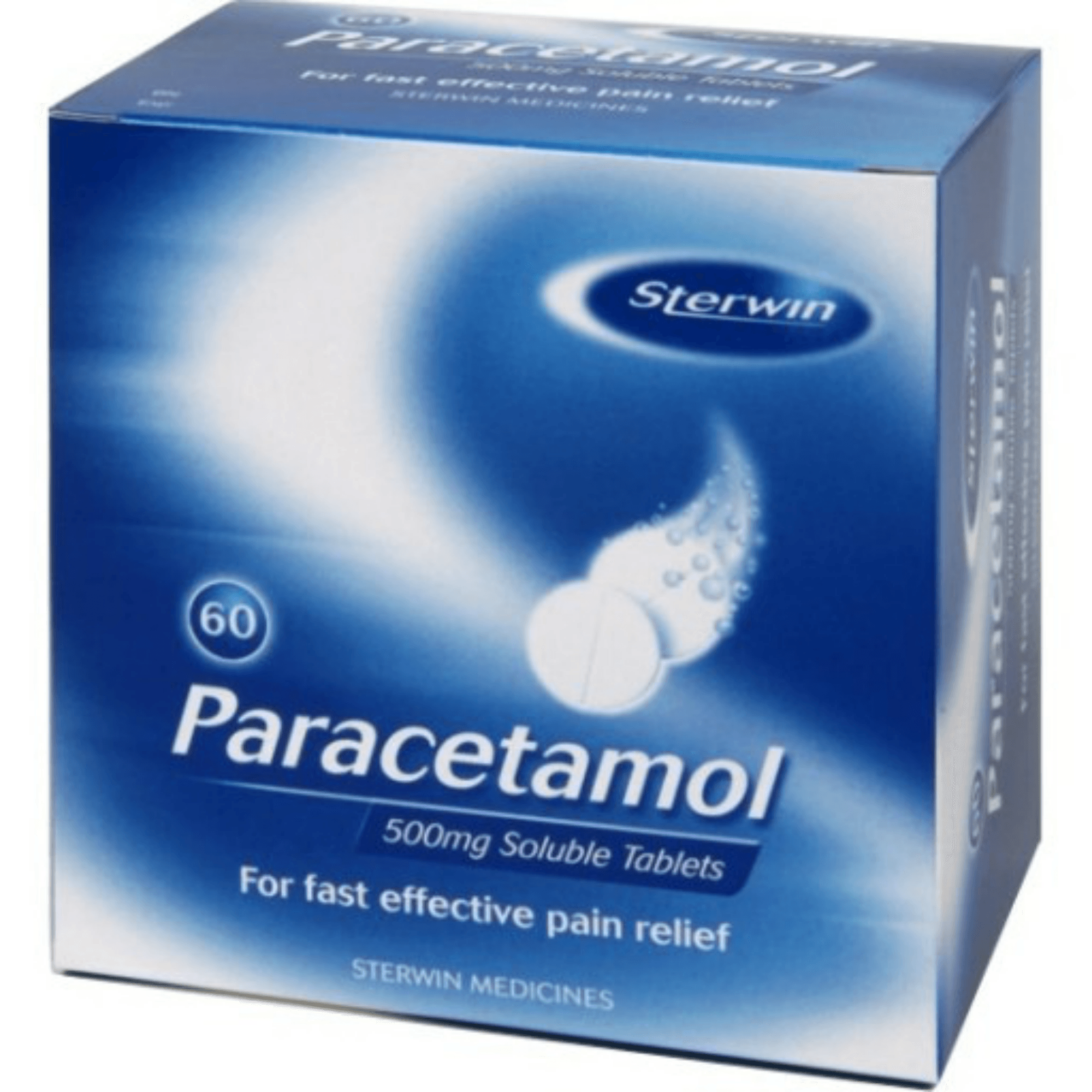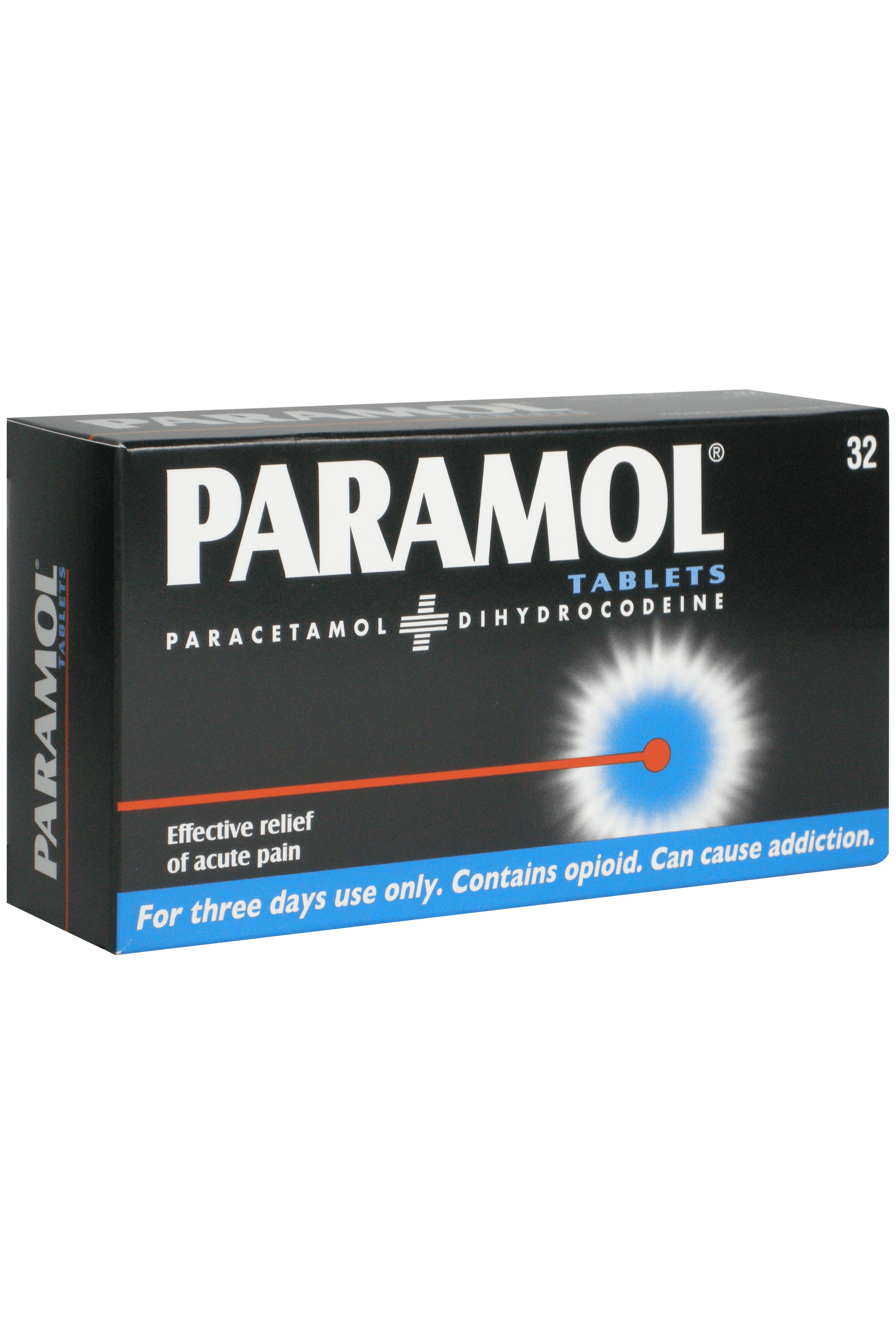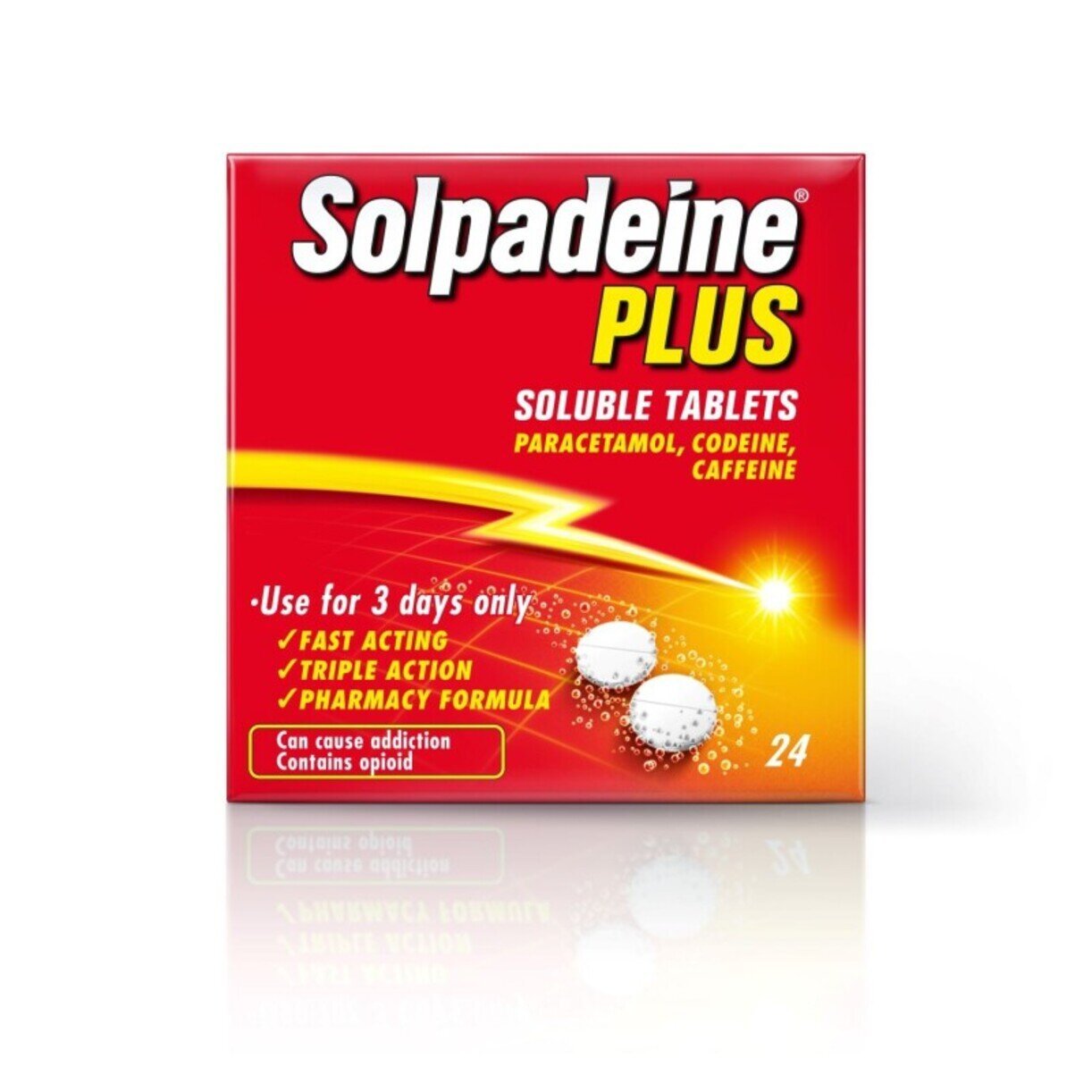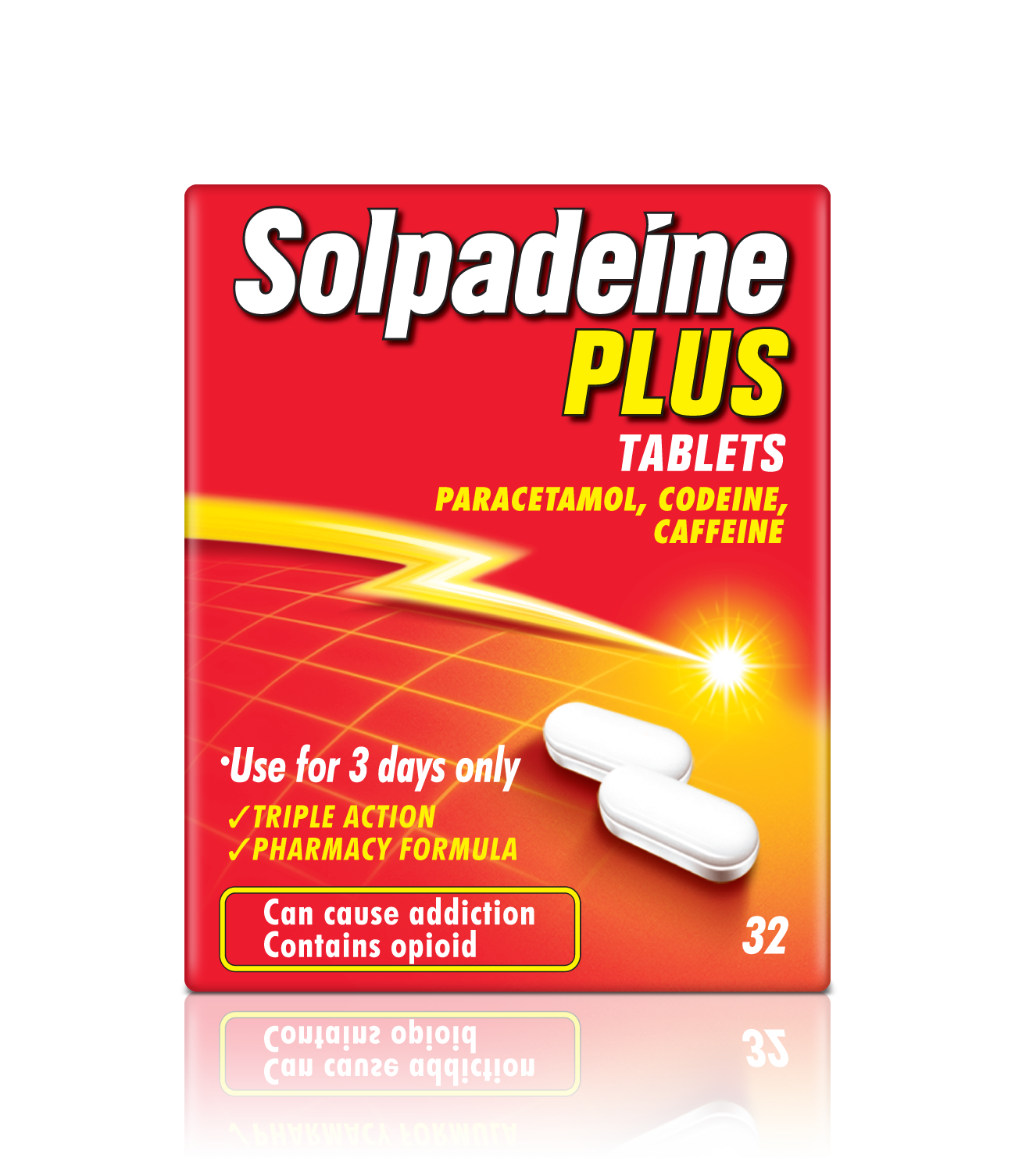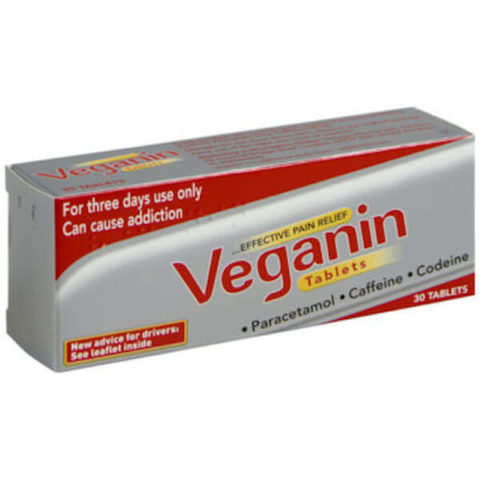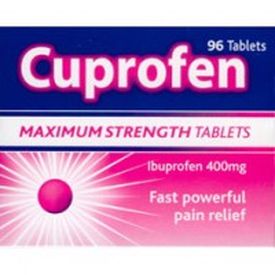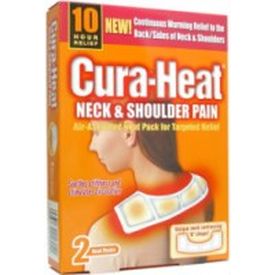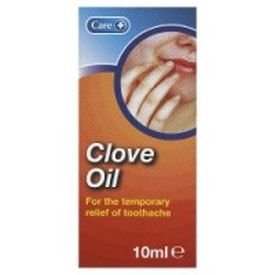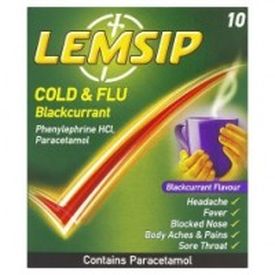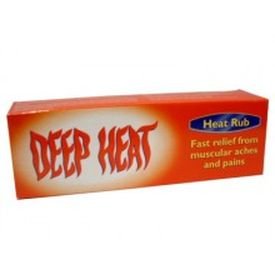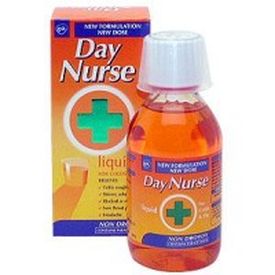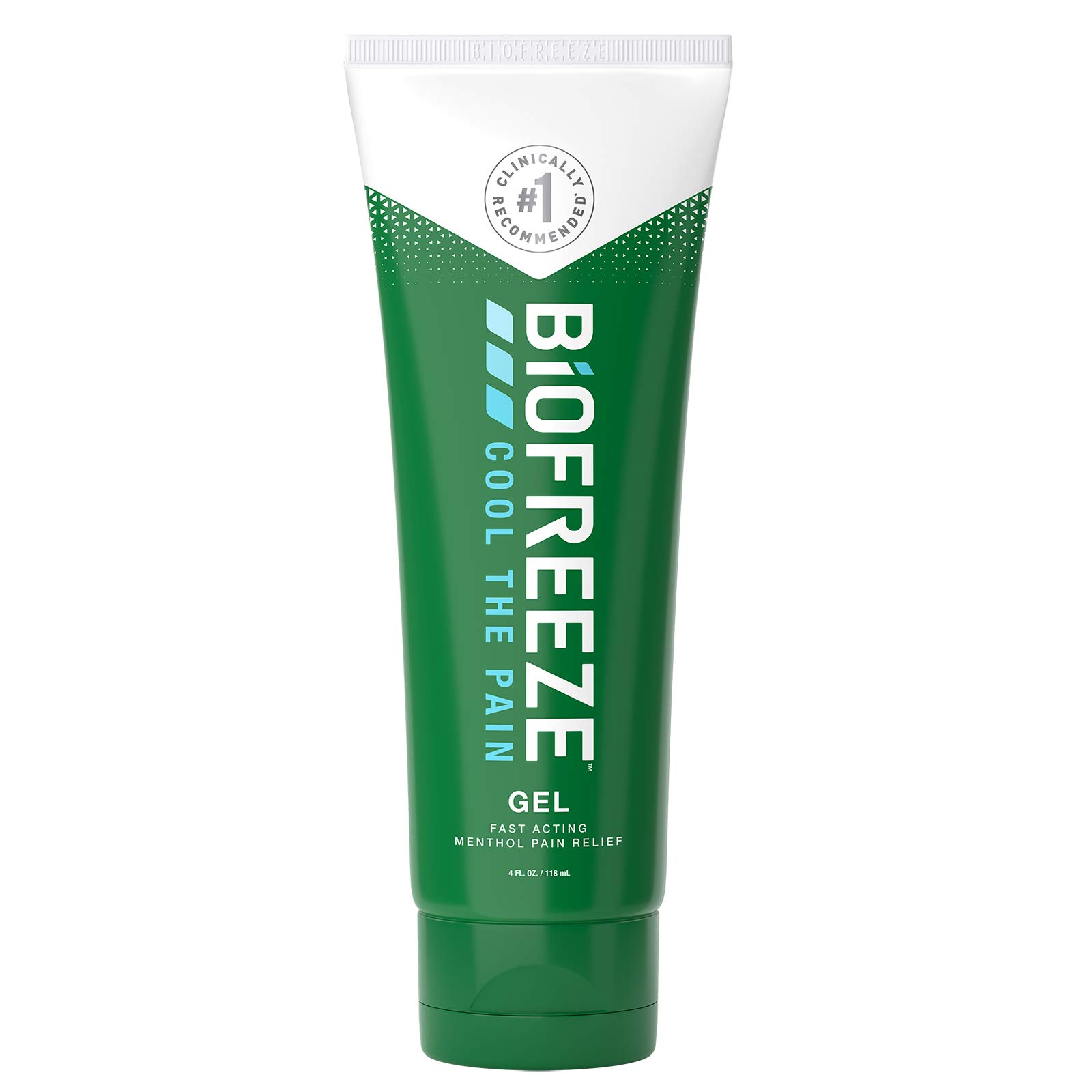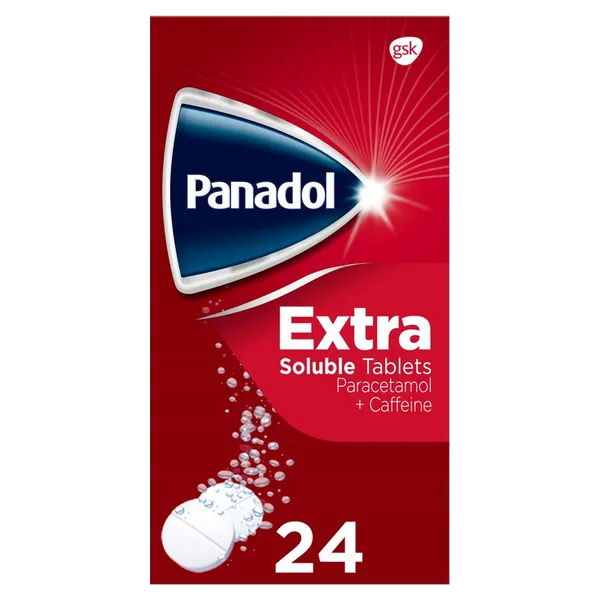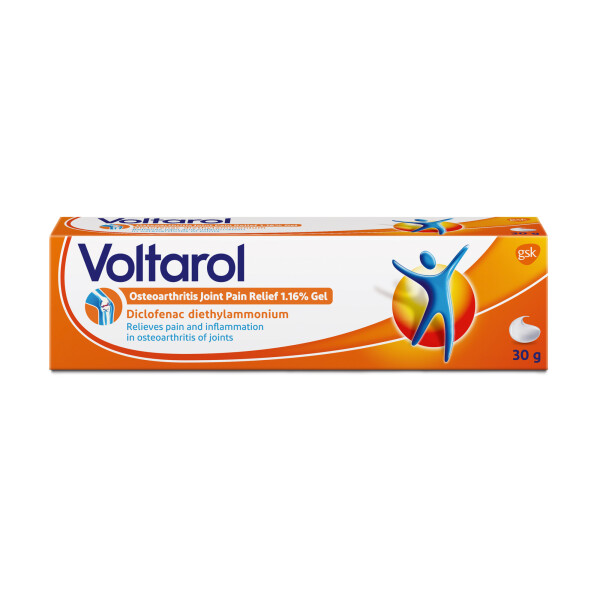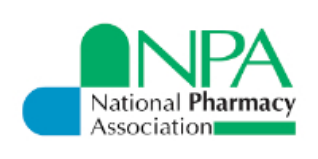What Is Pain And What Causes it?
Pain serves as a signal from your body that something is not right. It can stem from various triggers, including physical injury, infections, and chronic diseases, with some of the most common causes including:
Headaches And Migraines
Headaches and migraines can result from stress, tension, dehydration, or underlying health issues. They may feel like a pressing or throbbing sensation in any part of your head. Treatment varies based on the headache type, including hydration, rest, and over-the-counter pain relievers.
Period Pain
Period pain, or menstrual cramps, happens when your uterus tightens to help shed its lining, a regular part of your menstrual cycle. This tightening can cause discomfort or a dull ache in your lower abdomen and sometimes in your back and thighs. The intensity of the pain can vary from mild to severe, affecting daily activities for some people.
Back Pain
Back pain can stem from strains, injuries, or conditions like arthritis. It might feel like a sharp, shooting pain or a dull ache. Managing back pain usually involves a combination of medication, physical therapy, and changes in daily activities.
Earaches
Earaches often occur due to ear infections or pressure changes, leading to sharp, persistent pain in the affected ear. Treatment depends on the cause, with options ranging from pain relief medicines to antibiotics.
Toothache
Toothache is a pain in or around a tooth, typically caused by decay, infection, damaged fillings, or gum disease. The pain can range from mild to severe and may be accompanied by swelling, headache, and a fever. Managing toothache effectively requires a visit to the dentist for proper diagnosis and treatment. However, over-the-counter dental pain relievers can temporarily ease the symptoms until professional care is received.
Sinusitis
Sinusitis pain occurs from inflammation in the sinuses, which causes pressure and discomfort around the nose, eyes, and forehead. Treatment may include decongestants and pain relievers to ease the symptoms.
Sprains And Strains
Sprains and strains involve pain and swelling from injuries to ligaments and muscles, usually from overstretching or tearing. Rest, ice, compression, elevation and over-the-counter painkillers are effective initial treatments.
Recovering From Minor Medical Procedures
Recovering from minor medical procedures often involves managing pain with prescribed or over-the-counter pain relief medication and following your doctor’s or surgeon’s advice.
Fever
High temperatures from colds or the flu can cause overall body aches and discomfort, part of the body’s response to fighting off infection. Pain relief medications and fever reducers can help manage these symptoms.
What Does Pain Relief Medicine Do?
Pain-relief medicines, also known as analgesics, are designed to reduce discomfort by blocking pain signals from reaching the brain or reducing inflammation that causes pain. These medications come in different forms, such as tablets, creams, and injections.
What Are The Different Types Of Pain Relief Medicines?
Paracetamol
Paracetamol tablets and soluble paracetamol are a common choice because they are effective for a wide range of pains. It reduces the production of brain chemicals that contribute to pain, fever, and inflammation.
Nonsteroidal Anti-inflammatory Drugs (NSAIDs)
NSAIDs, such as ibuprofen and aspirin, work by reducing inflammation, which in turn helps alleviate pain. They are particularly effective for pain caused by inflammation, such as arthritis or an injury.
Anticonvulsants
Anticonvulsants, also known as anti-epileptics, are primarily used to treat epilepsy but have been found effective in managing certain types of nerve pain. They work by calming the nerve impulses that can cause pain sensations and are a beneficial medication for conditions like diabetes.
Opioids
Opioids, such as morphine and codeine, are powerful pain relievers used for moderate to severe pain, typically under strict medical advice. They work by mimicking the action of naturally occurring pain-reducing chemicals in the brain.
Topical Pain Relievers
Topical pain relievers include creams, gels, and patches applied directly to the skin and are effective for pain such as muscle stiffness or joint pain. Products such as Ibuprofen Gel or Biofreeze Gel distract the nerves with a cooling or warming sensation or deliver anti-inflammatory medication directly to the affected area.
Antidepressants
Some antidepressants can help manage chronic pain, especially when it’s related to nerve damage. They’re believed to work by increasing neurotransmitters in the brain that modulate pain signals. While not practical for everyone, they can be a valuable part of a pain management strategy for some individuals.
Pain Relief Treatments At Click2Pharmacy
Whether you’re seeking immediate relief for mild discomfort or require stronger medicines for more severe pain at Click2Pharmacy, we offer a variety of pain relief medications to help relieve your symptoms.
Over-the-counter Treatment For Pain Relief
Our over-the-counter (OTC) medicines offer a variety of choices for managing pain effectively without needing a prescription. Some of these include:
Nurofen Back Pain Heat Patches, Voltarol Gel and Biofreeze Spray provide targeted relief for back pain, sore muscles and arthritis by applying direct warmth or cooling to the affected area, helping to relax muscles and ease discomfort.
Nurofen Plus, Nurofen Migraine Caplets, and Nurofen Express are designed to target specific types of pain, offering faster relief for everything from general aches to more acute conditions like migraines.
Paramol is effective for short-term pain relief, while Solpadeine tablets combine the effectiveness of paracetamol with codeine, making them suitable for more severe pain. You can buy various versions of Solpadeine tablets from our online pharmacy, such as Solpadeine Max, Solpadeine Max Soluble, Solpadeine Plus and Solpadeine Plus Soluble.
Syndol Caplets are known for their pain-relieving and muscle-relaxing properties, ideal for tension headaches.
Prescription Treatment For Pain Relief
For managing more severe pain, our prescription medicines provide a stronger alternative to over-the-counter options. Our prescription products can be brought from our online pain relief clinic following a free consultation with one of our licensed pharmacists. Our prescription products include:
Naproxen Gastro-resistant Tablets and regular Naproxen Tablets are common choices for prescription pain relief. Naproxen helps reduce inflammation and pain in arthritis, sprains, and menstrual cramps, and the gastro-resistant version reduces the risk of stomach irritation, making it a suitable option for individuals who may experience gastrointestinal side effects from regular NSAIDs.
The Paracetamol 100 pack offers a bulk option for those who require consistent, effective pain relief and fever reduction. Ideal for managing various types of discomfort, such as headaches, dental pain, and muscle aches, this pack ensures you have a steady supply of one of the safest and most recommended pain relief options.
Important Information
Opioid Addiction
Opioids are effective for severe pain but carry a high risk of addiction and dependence. Use them exactly as prescribed and for the shortest duration possible. Be aware of the signs of addiction, such as needing higher doses to achieve the same effect or using the medication for reasons other than prescribed. If you’re concerned about opioid addiction, speak to your doctor or pharmacist for support and advice.
Pregnancy And Breastfeeding
If you’re pregnant, trying to get pregnant or breastfeeding, it’s essential to consult your doctor or a pharmacist before taking any pain relief medication. Some medications can harm your baby, and a healthcare professional can provide tailored advice to ensure your and your baby’s safety.
Contradictions
Before taking pain relief medication, always read the patient information leaflet and be aware of contraindications. These are conditions or factors that make some medications not suitable. These include:
- Allergies to the medicines listed ingredients.
- Pre-existing health conditions that could be made worse by the medication.
- Potential negative interactions with other medicines you’re already taking.


